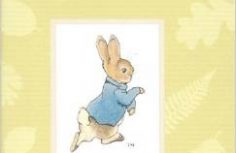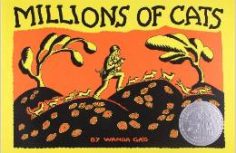THIRD READING: ANALYSIS – THE TALE OF PETER RABBIT
During the Third Reading, your child and you have prior knowledge of how the text and picture fit together. Now, your interaction with the story will move to a higher level of thinking. The activities and questions below are considered “higher order thinking questions.” Activities and questions like these give the brain practice in being open to new ideas and creative thinking habits. Open-ended questions strengthen the brain by building new synapses (new connections and information).
For this reading you have the choice of how you read the story:
~reversing roles. Your child tells/”reads” the story, and you become the listener and questioner.
~ alternating the reading of pages with your child.
~pausing to allow your listener to fill in the next word or complete the sentence.
Work on matching you child’s retelling of the story to carefully match the illustration on the page. Practice knowing when to turn the page to go to the next illustration.
DISCUSSION QUESTIONS:
~Discuss what Peter will do the next time that he goes off with Flopsy, Mopsy, and Cotton-tail.
~What is the moral (the lesson) of the story?
~Develop a plan to help Peter get his jacket and shoes back. Remember this is the second outfit that he has lost in a fortnight.
~Talk about words that describe Peter. He is naughty. However, he was, also, strong, fast, smart, etc. Are there any words that describe both your child and Peter?
ACTIVITIES:
~Check out the Blog entry: Practickle Activities: The Value of a Word Wall. Pick some of the highlighted vocabulary to add to the wall. Encourage your child to use some of the specific vocabulary words that you discussed during the Second Reading:
camomile tea fortnight scuttered
kertyschoo sieve dreadfully
naughty currant buns mischief
lippity
~Check out the website: www.peterrabbit.com It is full of activities and additional story connections.
~There are many versions of this tale on: http://www.youtube.com
One that I recommend is The Tale of Peter Rabbit: http://www.youtube.com/watch?v=0yBqBPdqXho
Additional dialogue has been added and the illustrations are based on Ms. Potter’s lovely paintings. The video is 10 minutes long.
~Beatrix Potter wrote many other books. You may want to read The Tale of Benjamin Bunny by Beatrix Potter. Compare Benjamin to Peter. http://www.gutenberg.org/files/14407/14407-h/14407-h.htm
This site has a complete copy of the book at no cost.
Read more...

